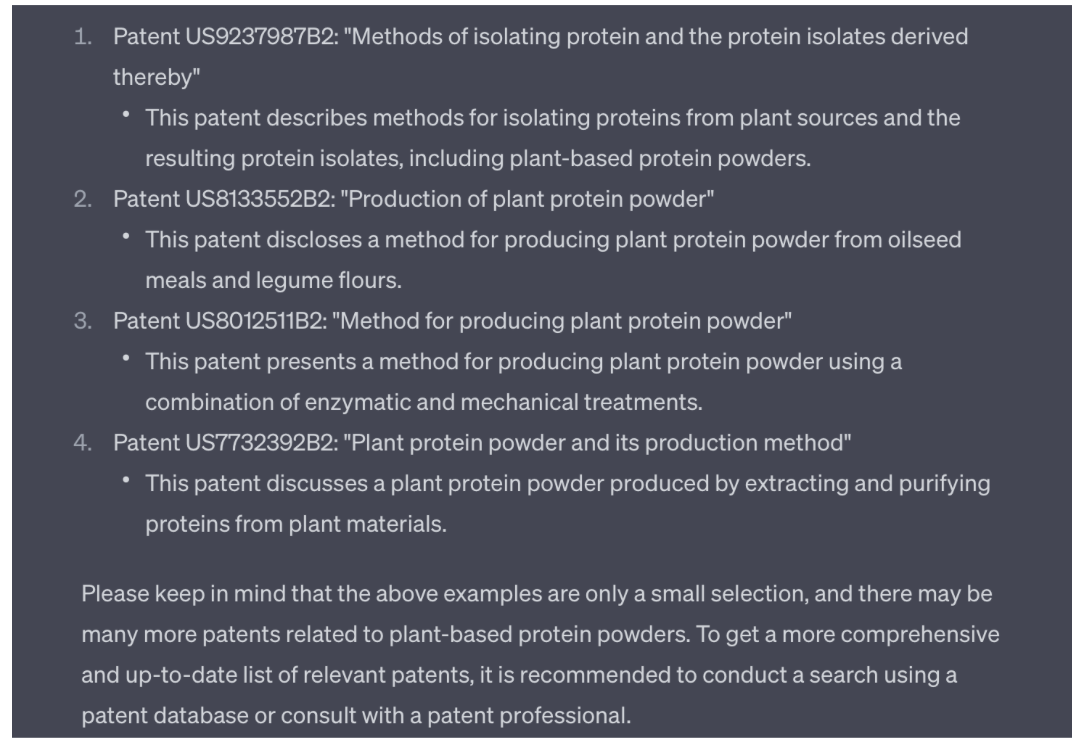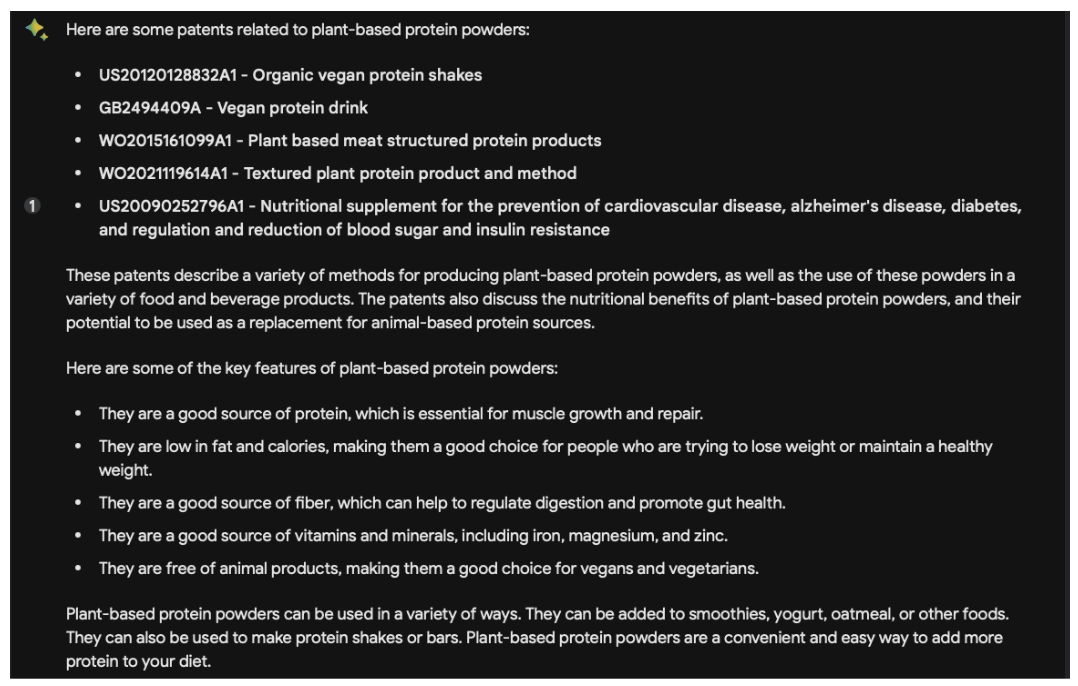Chat GPT and AI for Patent Searching
The very first step you should take when you have a new invention, business idea, or product, is to perform a thorough patent search! While we always recommend hiring a patent attorney to perform an expert search, it’s now easier than ever to perform a basic patent search yourself. Here’s everything you need to know about a DIY patent search and the AI (artificial intelligence) tools that can make the job quick and easy.
Patent Search: The Basics
Before you can get a patent granted for you invention, you need to make sure that your idea meets the following guidelines:
- Your invention must be novel.
- Your invention must be non-obvious.
- Your invention must have utility or a useful function.
A patent search primarily addresses requirement number one: your invention must be novel.
Patent searching is an essential step in the process of innovation and invention. It involves looking for existing patents, documents, and all prior-art that may be similar or identical to your proposed invention. Your application will get swiftly denied if the USPTO finds that your invention is infringing on someone else’s previously granted patent.
By looking at all prior art, you’ll also discover if someone has tried and failed to patent something similar to your idea. If your invention is obvious, or if anyone could come up with it using common sense, then it may not be patentable.
How can an AI tool like ChatGPT help with my patent search?
ChatGPT is a language model developed by OpenAI that is capable of generating human-like responses to text-based inputs. It can be used for a variety of tasks, including natural language processing, question-answering, and with the right prompts, patent searching. ChatGPT, similarly to an attorney, has access to a large database of information, including patent databases, making it an ideal tool for contributing to your patent search.
Disclaimer: This is not legal advice, and I am not recommending that someone use an AI model as a complete and reliable patent search.
The ChatGPT Guide to Patent Searching:
If you’re ready to use ChatGPT for a basic patent search, start here:
Step 1: Define the scope of the search
When a legal professional like an attorney prepares for a patent search, this is the first step that they take – it should be your starting point too! Determine the keywords and concepts that are relevant to your new invention. For example, if your product is a plant-based protein powder, relevant keywords might include “plant-based,” “nutrition,” and “powder supplement.” When you define the scope of the search, you’re telling ChatGPT what types of prior art and patent documents that it is looking for.
Step 2: Enter the keywords into ChatGPT
So now that you’ve identified the scope of the search, enter the keywords into ChatGPT. The cool thing about new AI language models like ChatGPT, is that you can ask this however you want. For example, say “Hey ChatGPT, search for patents related to plant-based protein powders.”
Step 3: Review the results
ChatGPT will almost instantly generate a list of relevant patents. This is where you offer your human perspective. Review the results, and determine whether any of the patents are similar or identical to your idea. If you find an existing patent that is a bit too similar, you can use this information to refine your invention or to determine whether a patent application is worth pursuing. Remember, a patent is defined by its claims section. If your claims are different enough from something that already exists, you could be in the clear. If you’re unsure how to interpret the results, it’s best to consult with your patent attorney.
Step 4: Refine the search
What if your search didn’t return any results? Or what if the results didn’t really match the type of product or industry you’re innovating in? This doesn’t mean that other patents don’t exist! Take some time to refine the search results by adding additional keywords or by using more specific language. In this example, you could try searching for “soy protein powder” or “unflavored protein powder.” You might have to do this several times before you yield the results you’re looking for.
Step 5: Decide how to move forward
Overall, ChatGPT can be a powerful tool for performing a basic patent search if you know how to use it correctly! Instead of attempting to navigate lengthy databases on your own, ChatGPT can do it instantly for you. However, you still need to interpret the results. Is your invention novel and non-obvious? Are you infringing on someone’s existing patent? ChatGPT can’t replace your industry knowledge, and it definitely can’t match the expertise of a patent attorney. While it’s a great place to start, we still highly recommend getting a professional patent search done by your legal team.
ChatGPT vs. Google Bard
These are just two of the many AI writing models available at the time of this article. The main difference is that ChatGPT pulls its data from 2021 and earlier. If you need access to the most current information, Google Bard has access to the internet in real time. It’s important to do a bit of research when deciding which AI model to use. Here is how they each respond to the prompt:
“search for patents related to plant-based protein powder”.
ChatGPT:

Google Bard:

If you’re ready to take the next step and start working with a patent attorney, congratulations! At Bold Patents, we’re experts dedicated to helping our clients reach their visionary dreams. If you’re interested in booking a free Discovery Call, check out our availability below. Go Big, Go Bold!

